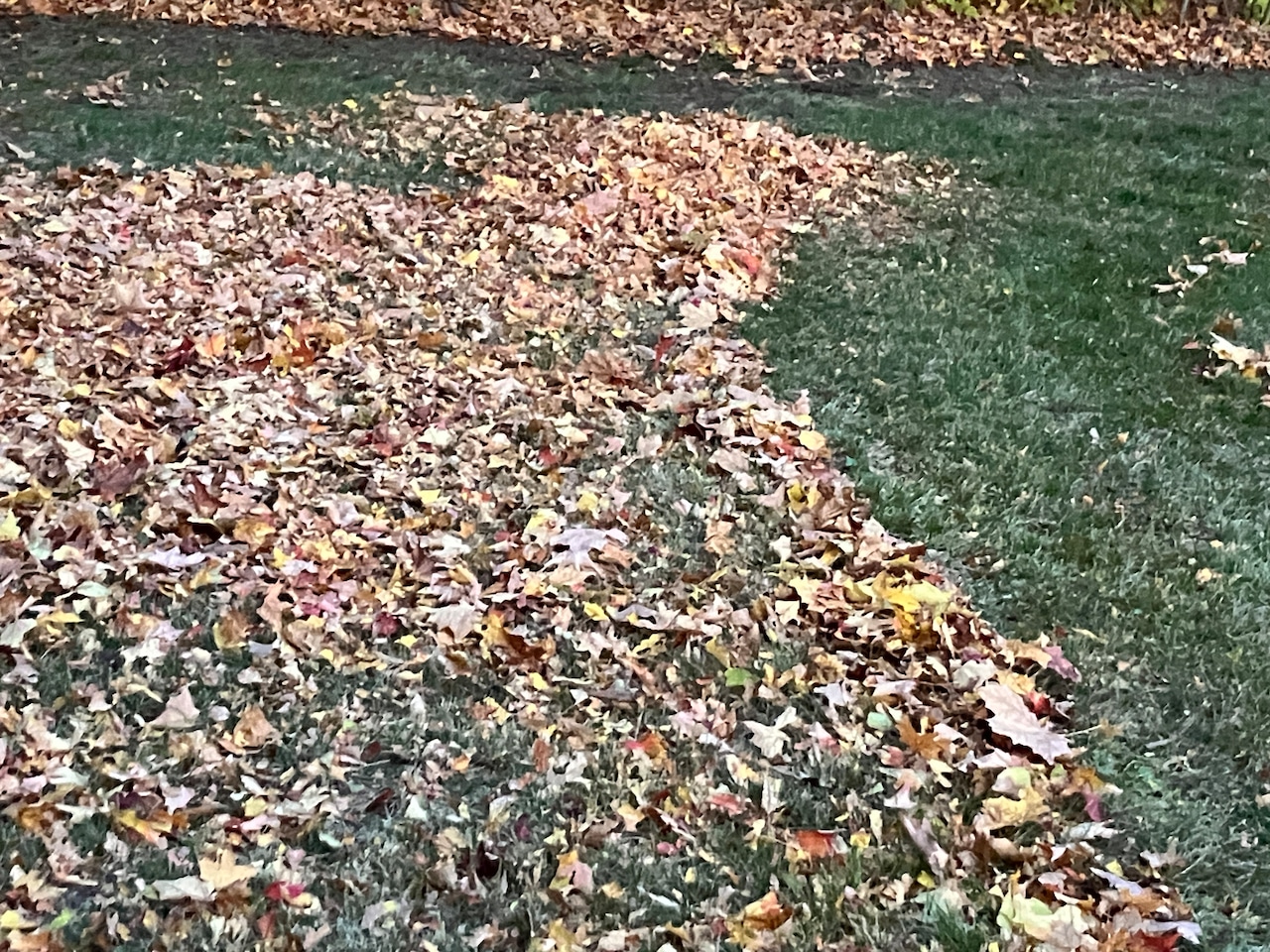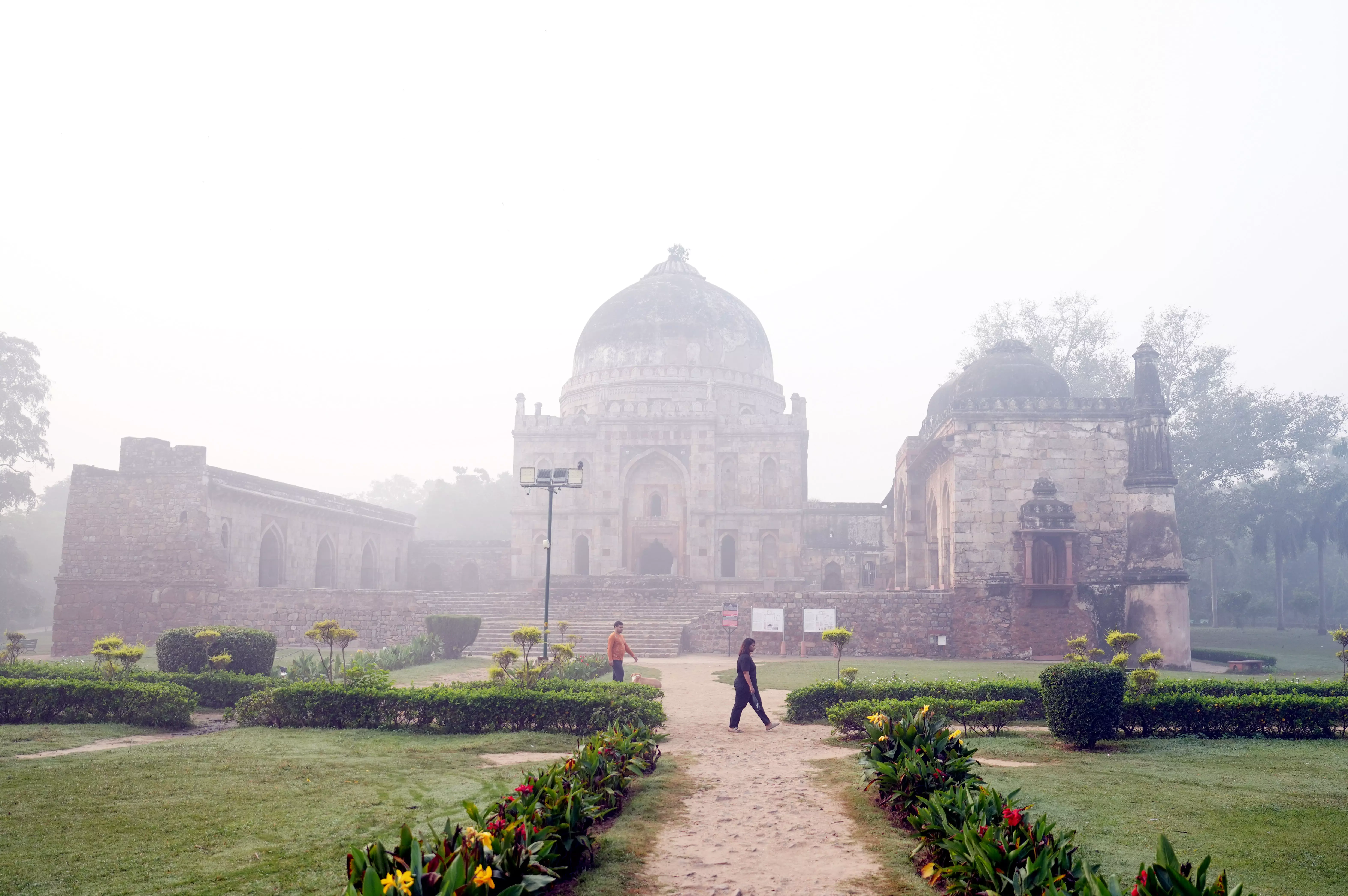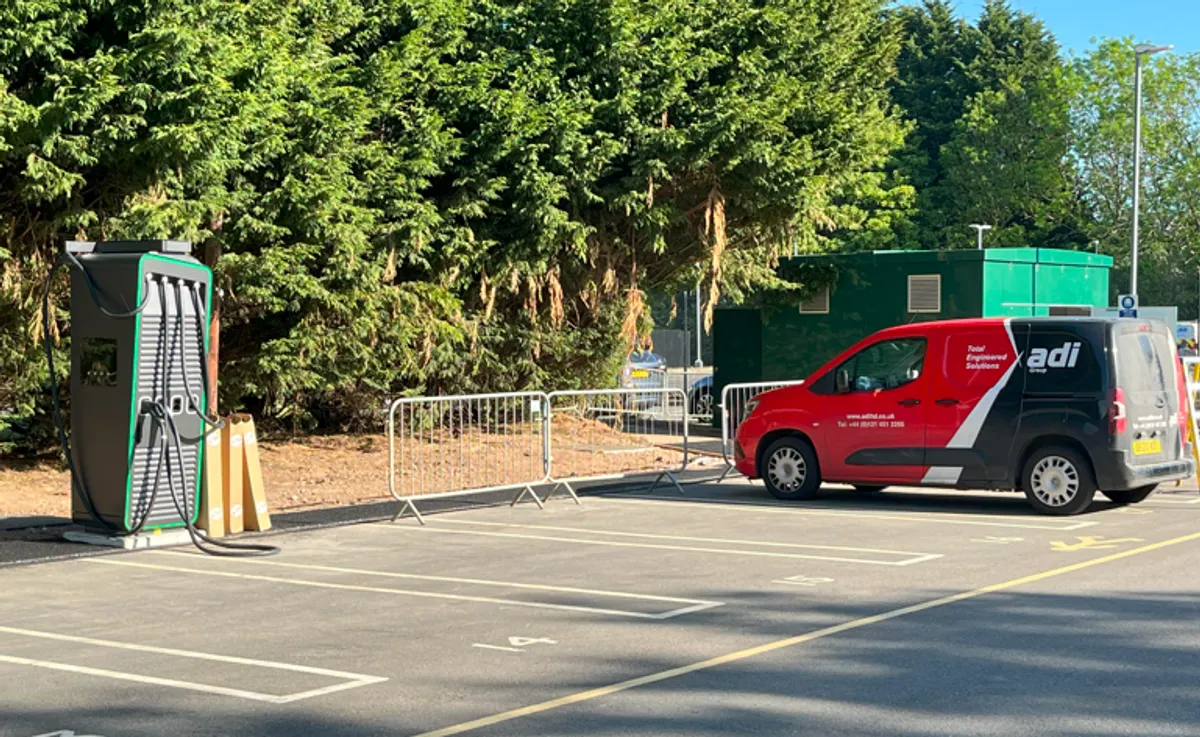Copyright M Live Michigan

If the leaves aren’t coming off your trees today, they will be in the next few days. Here’s a way to fight the leaf fall and use those leaves, rather than using your energy and wasting the large yard debris trucks for pickup. While you might curse at a lawn covered with leaves, these little solar panels have become a lawn or garden nutrient and aid in just five months. The first and obvious best use for fallen leaves is to run over the leaves with a lawn mower. This is called “mulching your lawn.” It’s not always a good thing, so I’ll help you sort out if it’s good or bad for your lawn. The first step in however you use your leaves is to run over them several times with the lawn mower, chopping them up as small as possible. Don’t use a bagger. You only get one chopping then. Also mow the leaves in an opposite way from what you probably do in summer. In summer, without a bagger (preferred), you probably mow so the grass clippings blow to the outer part of your lawn. This means you aren’t building up higher and higher piles of cut grass on your lawn. For leaves, do the opposite. Keep cutting the leaves up and directing them into the center of your lawn. Eventually you will end up with a chopped-up row of leaves in the middle of your lawn. If you want the leaves chopped up even more, then run over the pile again and again. The smaller pieces of leaves will break down quicker in the lawn and return usable nutrients and organic matter quicker. The leaves do have some nutrients that eventually will be released into the soil and usable by your grass plants. If you have a lot of leaves you don’t want to smother your lawn, even with chopped up leaves. MSU states that decaying leaves in the lawn will put nutrients into the soil, and block weeds from germinating in the tiny bare spots in your lawn. One of the main additions leaves add to your lawn is organic matter that will hold moisture next year. The organic matter also helps build soil structure, which is very important. If you have clay soil or sandy soil, organic matter can go in there and improve the soil structure. This improvement happens slowly because you probably don’t have the equipment to mix the leaves into the top few inches of an established lawn soil. That’s how the leaf bits would really help- if you could incorporate them into the soil. But you can’t really mix the leaves into your lawn. So you just have to let them slowly decompose on top of the soil. If you have any landscape beds around your house or have a vegetable garden, you just discovered a lot of square footage where you can use a lot of chopped leaves, and in a great way. For the bushes, perennial flowers and annual flower beds around your house, put a thick four inch layer of finely chopped leaves. The mulch will keep the ground from freezing deeply this winter. The unfrozen soil in winter can allow water to trickle through the soil and water your plants. This is especially needed for evergreens, which keep transpiring out water through the needles, but don’t get additional water in a frozen winter environment. You can use up a lot of big piles of chopped leaves by mulching your landscape plants now, before the snow flies. Your plants will love you for it next year. You will also love yourself for it since you won’t have to weed much or water as much next year. If you have a vegetable garden, you have another big consumer of your chopped leaves. Here you can sink the chopped up leaves deep into your vegetable garden soil. Chop the leaves and put about a three inch layer on top of your garden area. Now take your rototiller and till the leaves in deeply. I’d try to put three inches of chopped leaves in the top 10 inches of garden soil. If the leaves are chopped finely, they will decompose some by spring. After you get a bunch of leaves mixed into your vegetable garden soil, take another solid four inch layer of chopped leaves and put them on top of the soil. Leave that layer of chopped leaves for the winter. In spring, you can rake the leaves into the isles of your vegetable garden. Plant your seeds and plants in the rows, which don’t have leaves on them. Once the vegetable plants get big enough in June, rake the chopped leaves back up to near the base of your vegetable plants. This helps keep water in the soil and weeds out of your garden. At the end of next year’s growing season, mix the top layer of leaves into the soil. If you don’t have a rototiller you can do all of this with a shovel too. What kind of leaves are good for your soil, and what kind are bad for your soil? Most people believe oak leaves are too acidic and will turn your soil acidic. This isn’t really true. In fact, much of Michigan has alkaline soil, so adding an acidic amendment is actually good for your soil. Maple leaves are alkaline, but won’t significantly raise the pH of your soil. Oak leaves have more fiber and are stiffer than maple leaves. The stiff bits of oak leaves are great to make structure in the soil. Plants like some air space in the soil so the roots aren’t drowned and rotted in heavy rain patterns. Put the leaf bags away. Use the rake a little less. Save your back, shoulders, arms, wrists, elbows and anything else that hurts after raking. Chop your leaves and use them to enhance your soil. Have a great yard. Save energy by not requiring a big yard waste truck to run down your road and pick up a bunch of paper bags of leaves. If you have some leaves left, chop them up and start the ultimate garden enhancement, a compost pile.



